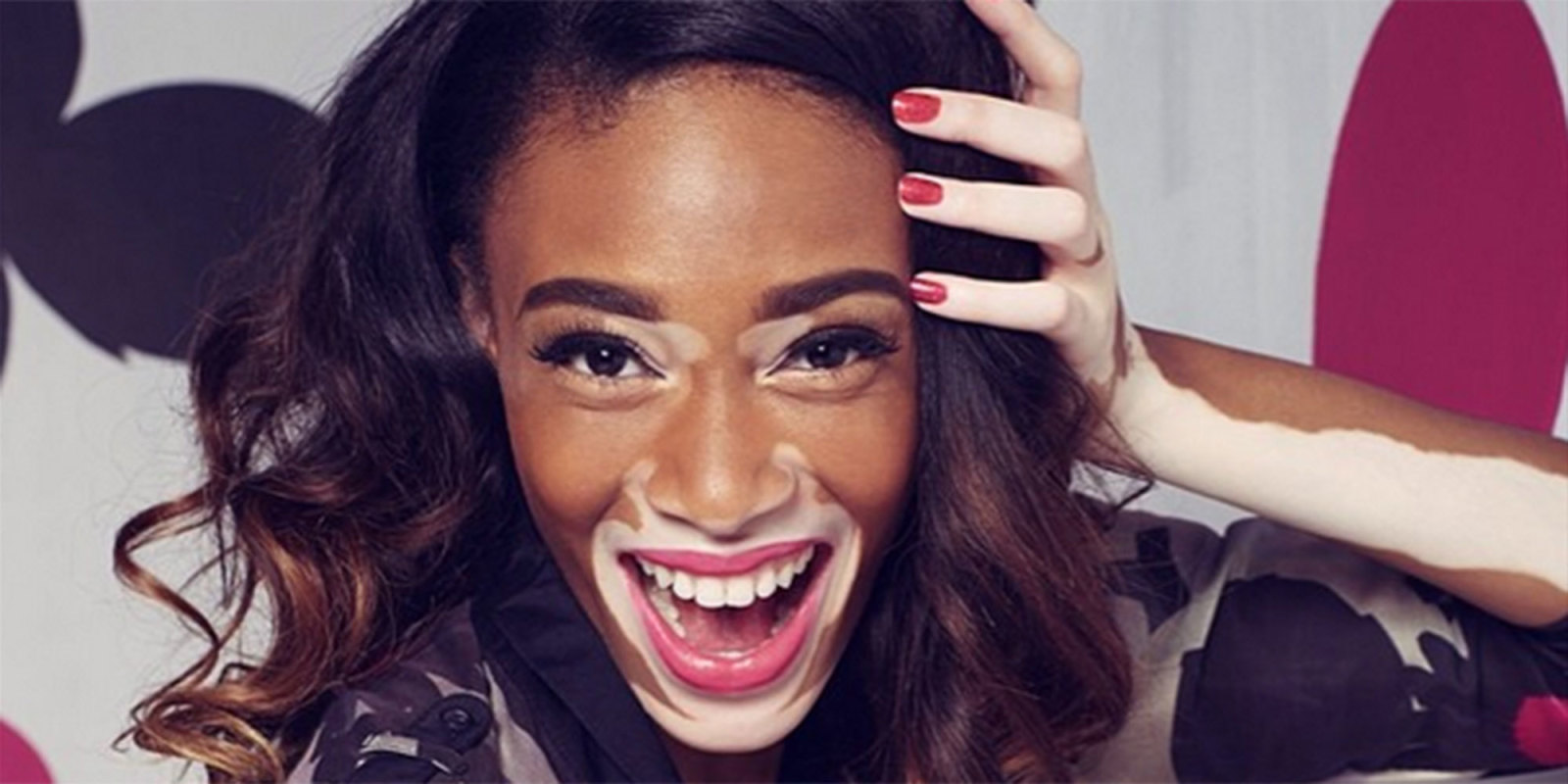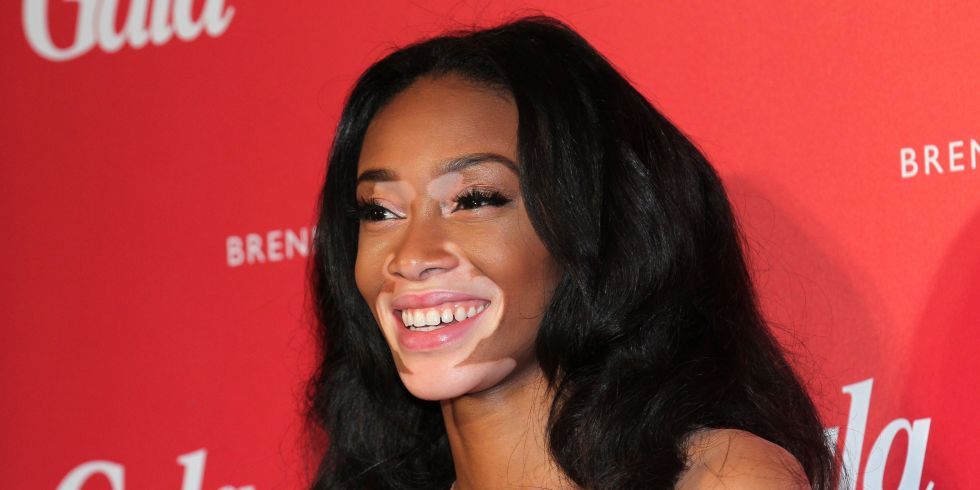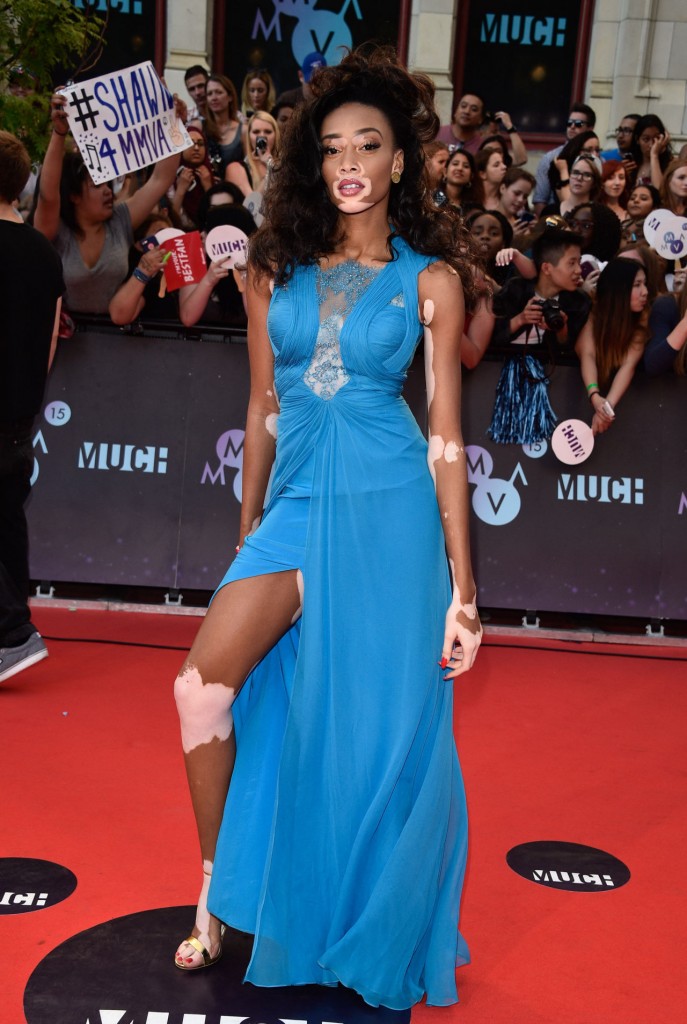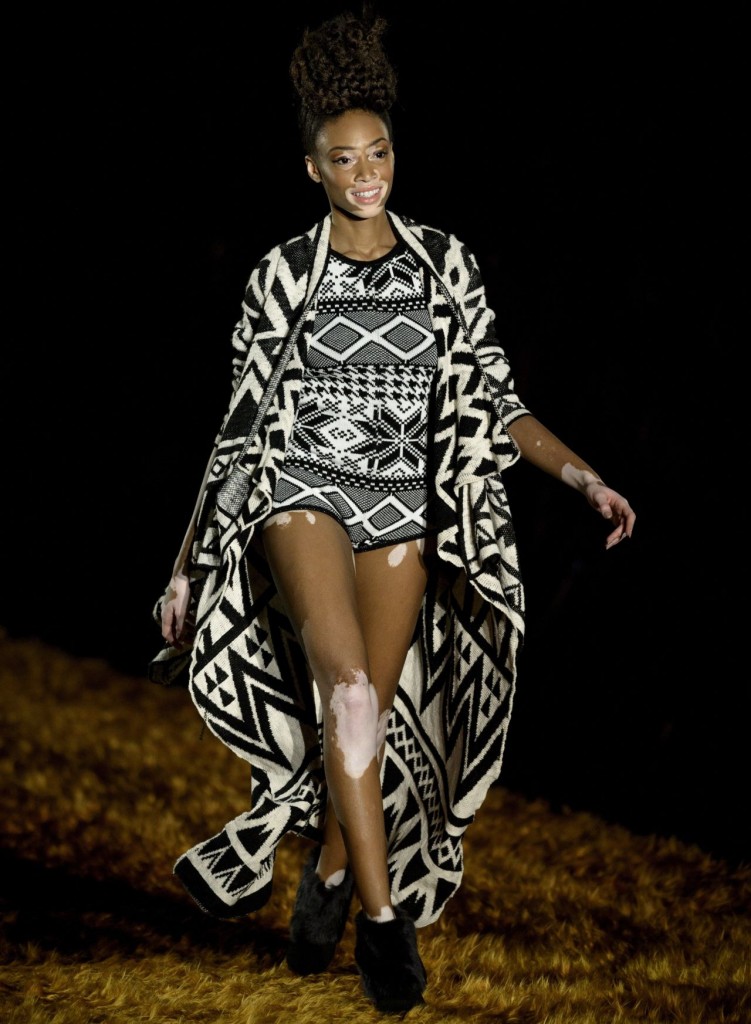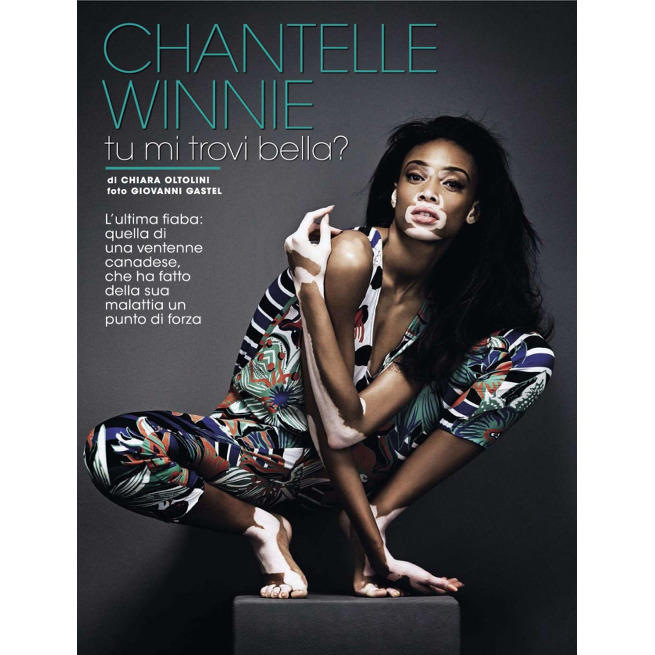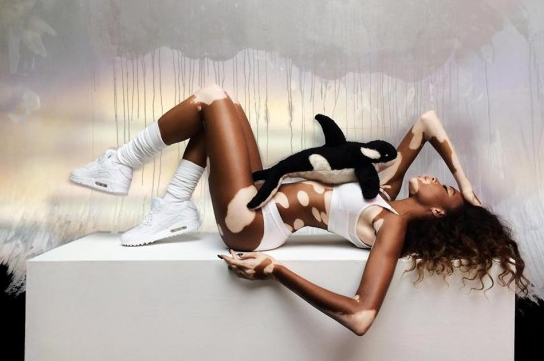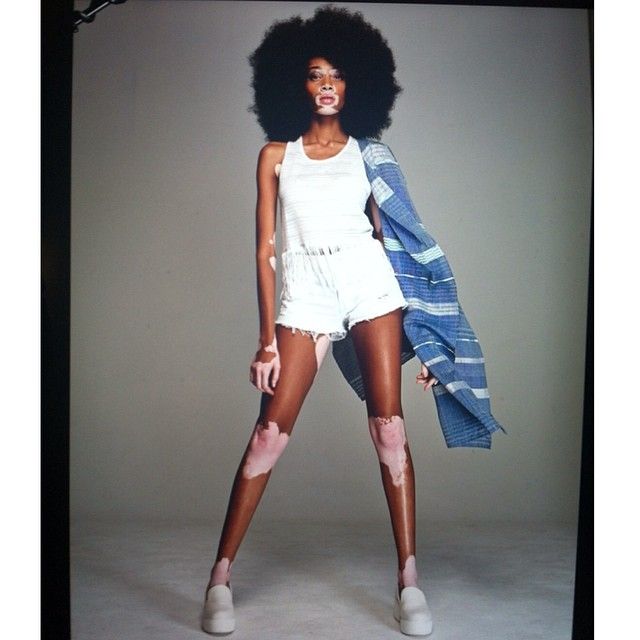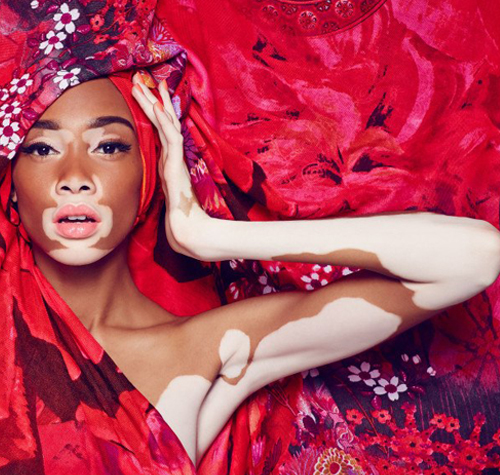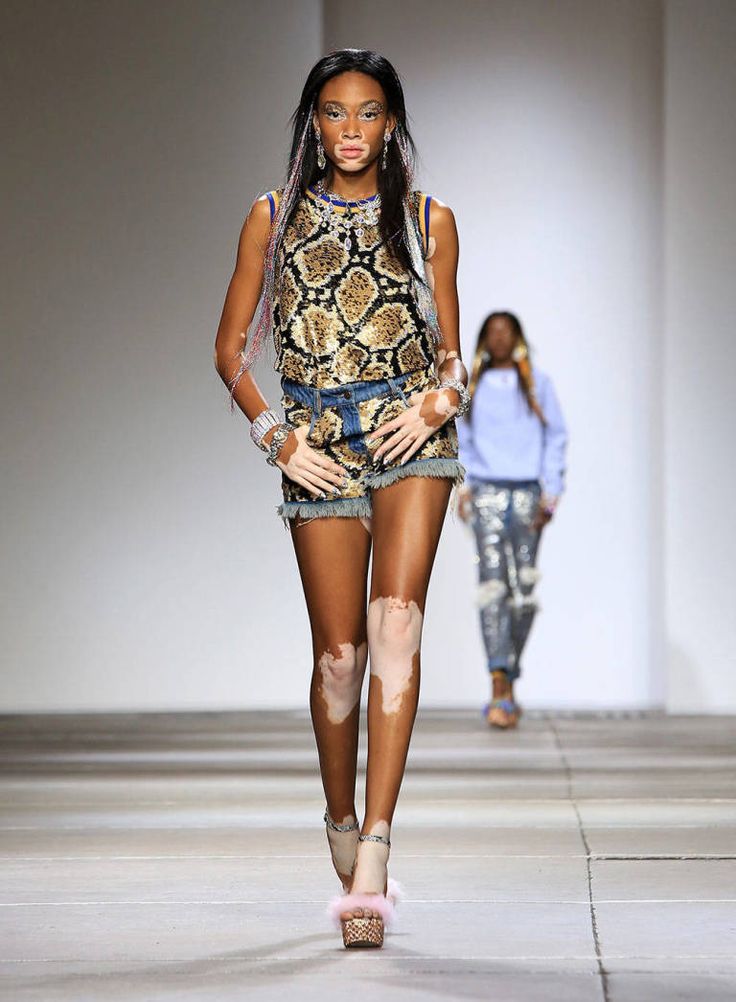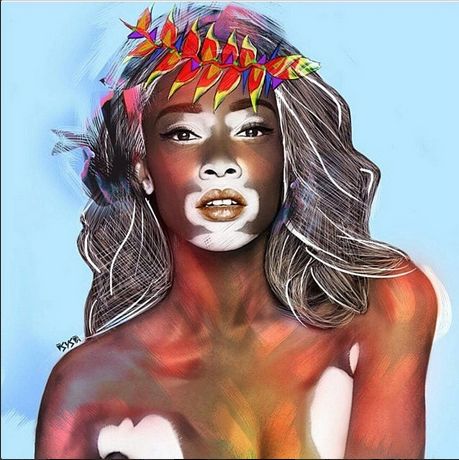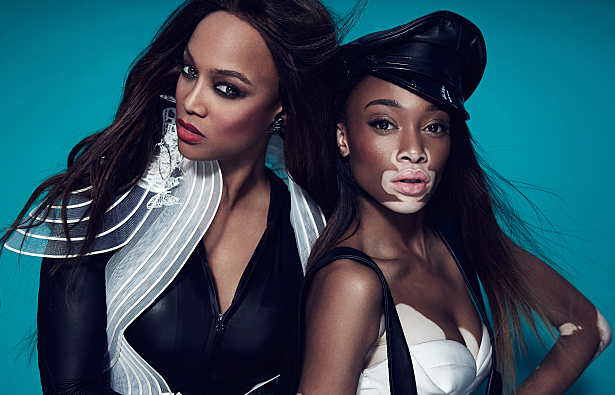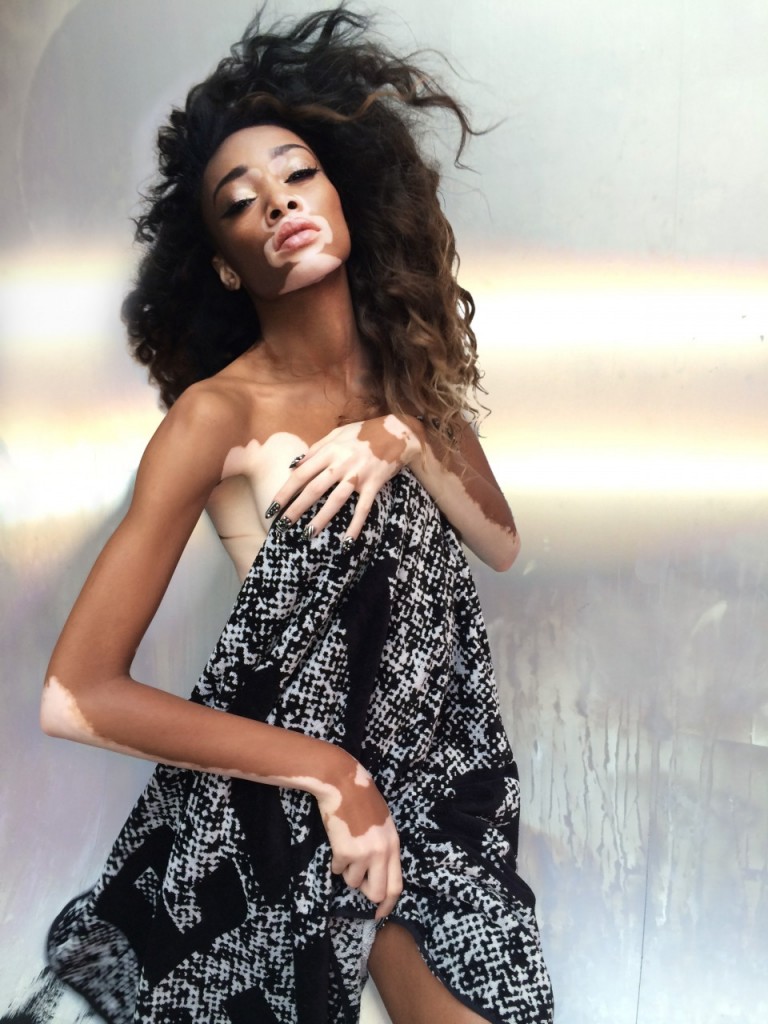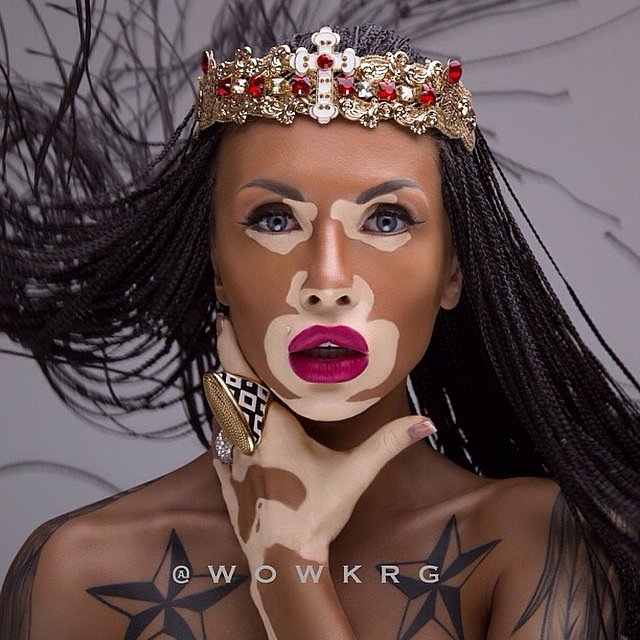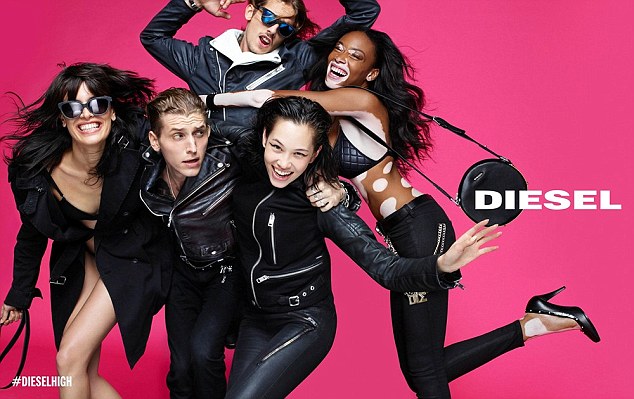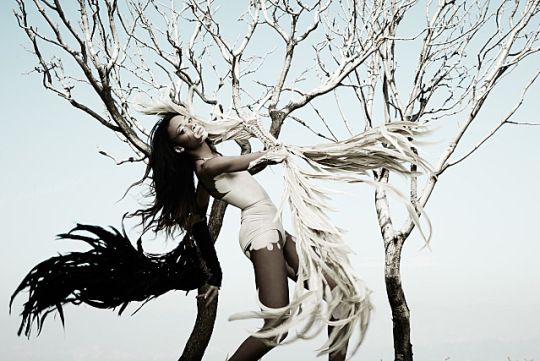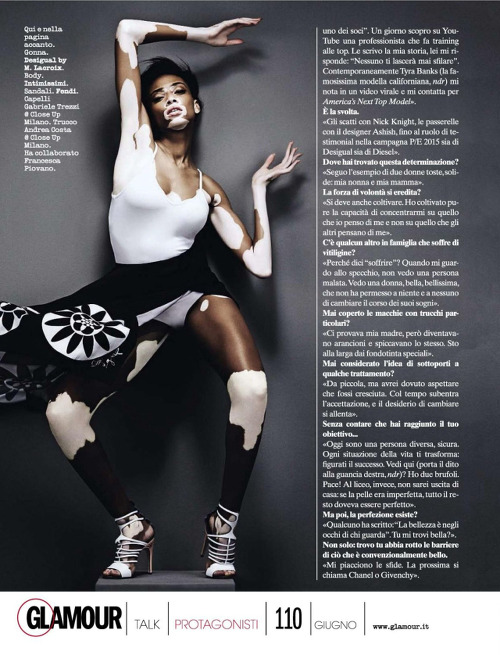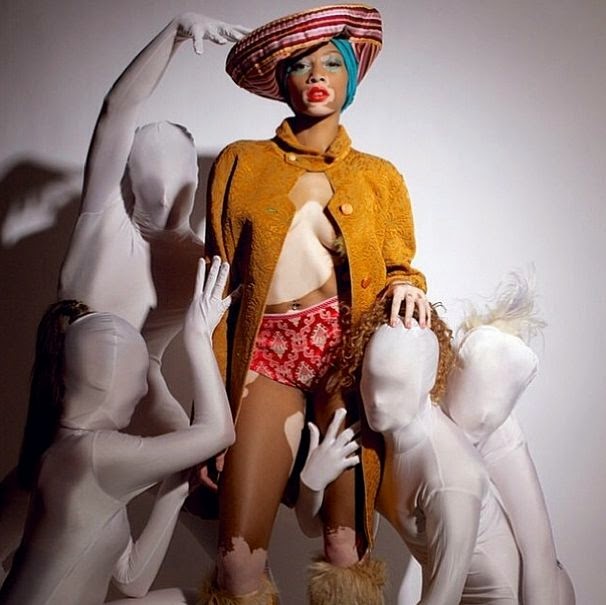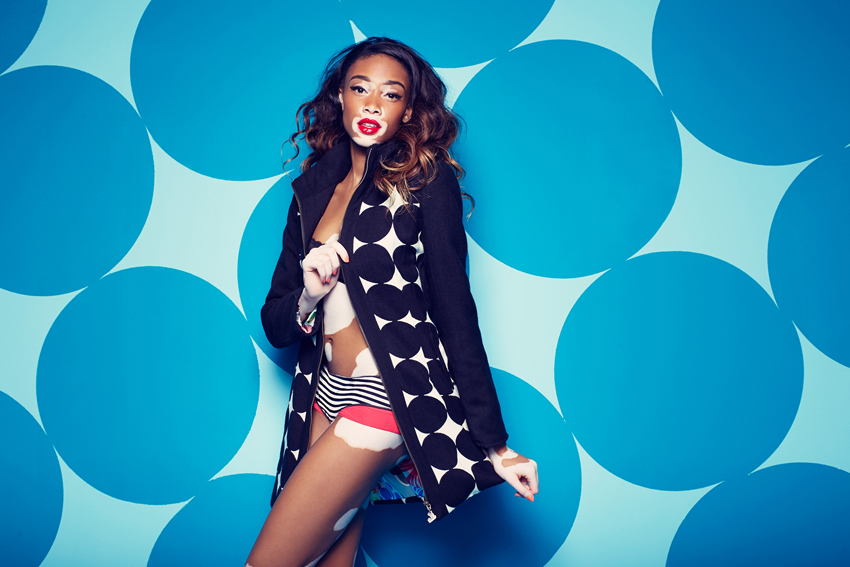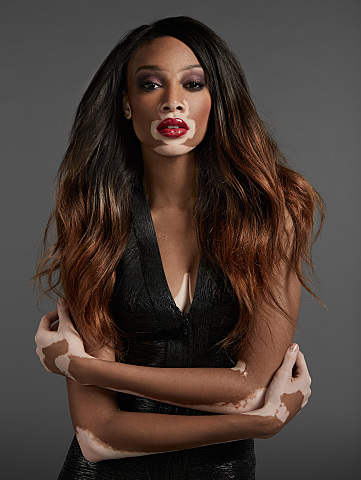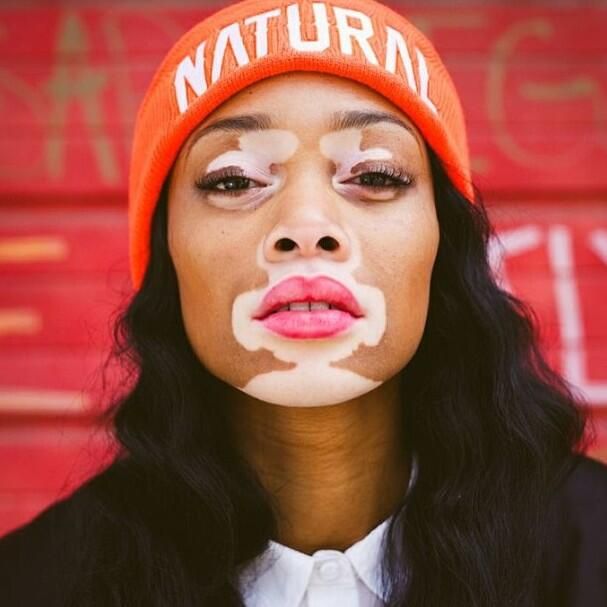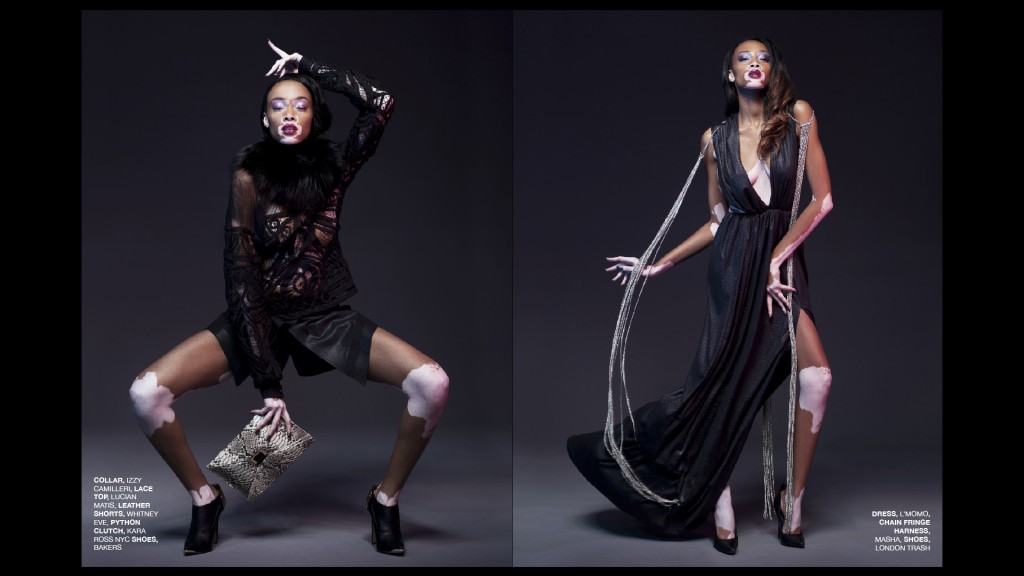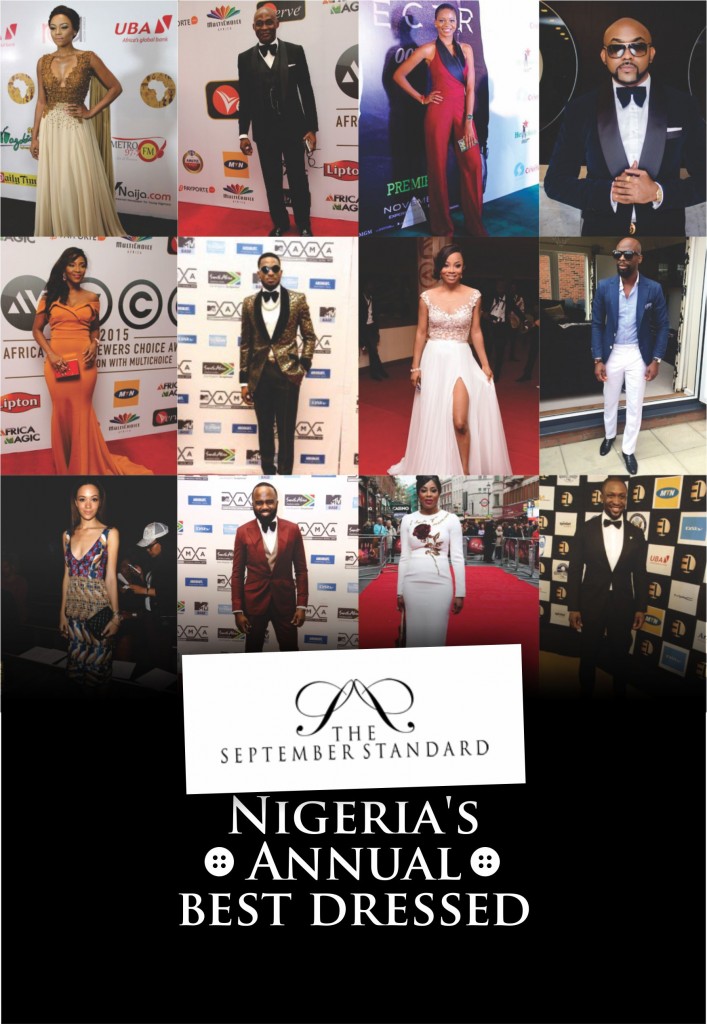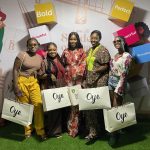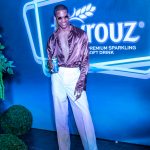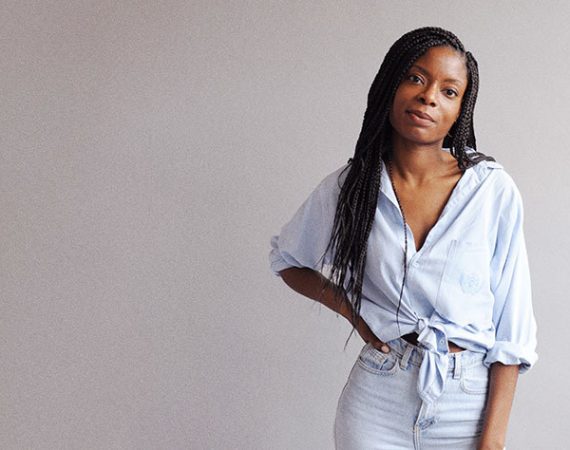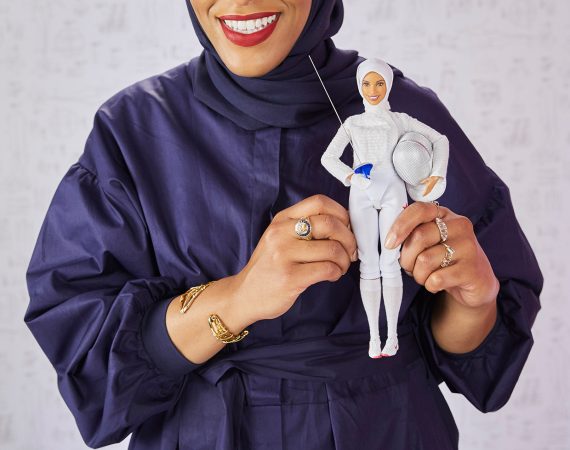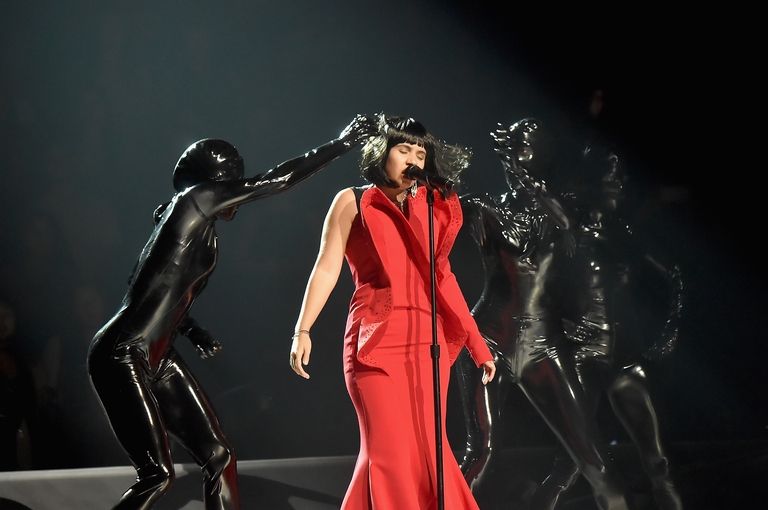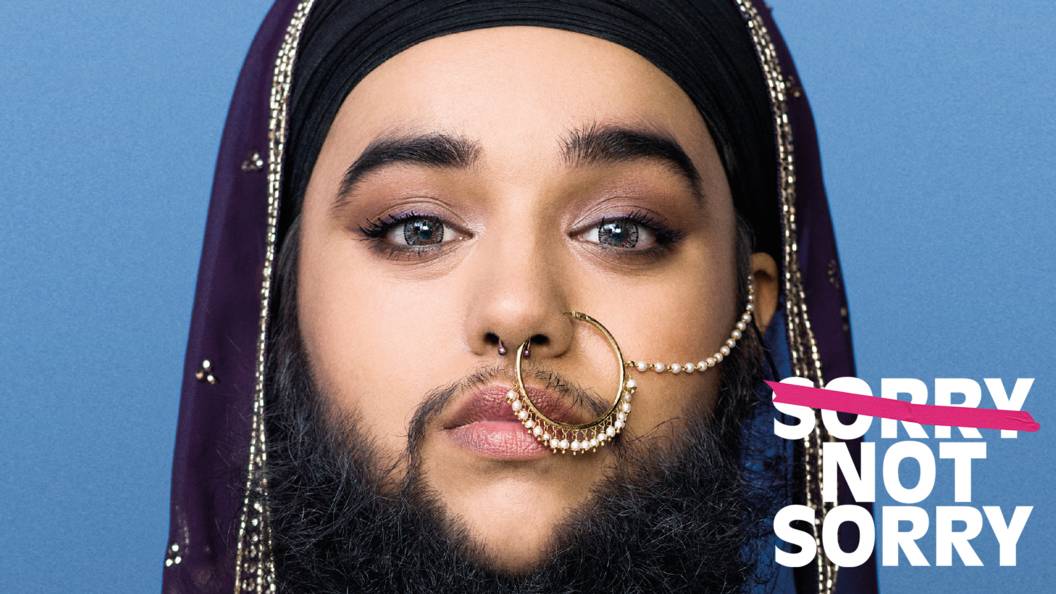I discovered that I was “different” in the third grade. As the new kid at school, I was trying hard to find my footing. I thought I had made friends with a couple of girls, until they stopped talking to me. When I confronted them, they said their mothers had warned them to stay away, because they might catch my skin condition.
Before that, I had never given much thought to the way I looked. Confused and embarrassed, I told my mother what the girls had said. Soon after, my mom went to the school and explained to my class that I had a skin condition called vitiligo, which occurs when the cells that produce melanin die or stop functioning.
The disease had left me with a loss of skin color in patches across my body — my arms, knees, face. It’s not contagious. There is no cure. Starting with that incident in the third grade, it would define the way people treated me.
I wasn’t born with vitiligo. It developed when I was 4 years old. My skin changed dramatically over the next few years. For some people, it happens gradually over time. For me, it happened fast. I don’t remember my skin changing, but I do recall feeling deeply loved by my family. Growing up in the greater Toronto area, I was a happy kid.
I was my mother’s first child, surrounded by admiring godparents and cousins. I liked to hang around my mom’s beauty salon, watching her do hair. I visited my dad in Jamaica and Atlanta. I had a best friend at my daycare center, and we were inseparable. Back then, no one made me feel different.
I began attending a French immersion elementary school, where I had lots of friends and loved learning. But after a few years, I started struggling to keep up, so my mother transferred me to public school in the third grade. There, I really wanted to make new friends. But kids called me a cow and mooed at me.
In middle school, the bullying got physical. One night at a basketball game, I sat by myself while a girl mooed at me. I turned around and rolled my eyes. She kept mooing, and I told her to stop. A group of older kids prodded her, saying, “You’re gonna let her talk to you like that?” After the game, outside in the cold, she rushed toward me, shoving me. People crowded around us. I didn’t want to fight. With vitiligo, my skin is sensitive in extreme temperatures. To get out of the situation, I let her beat me up. The next day, she came at me again. This time, I snapped, defending myself extremely well. I never had to fight her again. But it was only the first of many similar incidents.
Later, I moved to a new school, but the bullying was just as bad. One boy would moo loudly at me every time we walked into an assembly, and everyone would laugh. I didn’t talk much to my mom about the bullies. I just tried to get through each day. I remember sitting by my window, wishing upon the stars that my skin condition would go away. I wondered, “Why me?”
High school brought more harassment. My junior year, a group of girls jumped me, starting a fight. I got suspended, then started skipping class. The vice principal talked to my mom, saying I could go far in life, but not if I missed my classes. He recommended that I go to an alternative school.
It’s crazy that I got ousted, when I was the one getting abused. But the alternative school turned out to be a blessing: With no worries about socializing, my grades soared. I also got a job, working at a call center. I loved making my own money, feeling independent. But I couldn’t juggle the job and school. And so, as a typical 16-year-old, I chose the job.
Around this time, I turned a corner. A journalist in Toronto named Shannon Boodram saw my Facebook page and told me I was “strikingly beautiful.” She shot a YouTube video of me, and it made a hit, grabbing thousands of views. She said the camera loved me and that I should be a model. I had never thought about modeling — it just hadn’t seemed possible. I hadn’t given much thought to my future or career. I had imagined possibly working in entertainment or journalism, but as a high school dropout, I was just living day by day.
It’s amazing what a little encouragement can do. After doing the video, I realized I could use my unique look as an asset, and I talked to an agent. She dismissed my modeling dream, suggesting I become a makeup artist instead. It was an indirect hit aimed at my skin. Of course it stung to basically be told, “You’re not good enough, not pretty enough, not it.” But I wasn’t surprised. It’s the same kind of attitude I had been dealing with my entire life.
I didn’t give up. I posted pictures of myself on Instagram and sent them to modeling agents. The response was always the same: no. I went to an America’s Next Top Model: All Stars fashion show in Toronto and did some networking, building up the courage to say hello to the contestants. To my surprise, they gathered around, complimenting me. One said, “Oh. My. God. You’re fucking gorgeous.” Another held my face in her hands and said, “You are like a butterfly.” They said that if Tyra Banks were there, she would scoop me right up.
I decided to try out for the runway shows at Fashion Art Toronto, the city’s annual art and fashion week. Urged on by a good friend (Hey, Cleo!), I bought a pair of heels I couldn’t afford for the tryouts, putting tape on the soles so I could return them. I not only made the cut, but walked in eight shows. I kept posting photos on social media, and asked friends to share them and tag Tyra Banks so that she might see them. My efforts paid off.
A casting director from America’s Next Top Model contacted me through a fan page on Facebook — a page set up by my little sister, Chrystina, who was 9 years old. She loved being the one to tell me a casting director had come calling. The director said Tyra had spotted me and wanted me for the show.
I packed my bags for Los Angeles. I was 19-years-old at the time, making $1,500 a month at my job and working toward my GED. It was scary to drop everything because there’s no guarantee that you’ll make the show. But I made it, appearing on the 2014 season. During the show, I got to live in a cast mansion in L.A. and travel across the world to Seoul, South Korea.
After the show, good things happened. I heard from lots of people who wanted to work with me, and one stood out: British photographer Nick Knight, who had shot celebrities like Lady Gaga and Kate Moss. He asked me to star in a shoot for his fashion website, SHOWStudio.com. Suddenly I was overseas for the second time in my life — in London — and loving it. He was so warm and welcoming, and said I should I teach models how to pose because I was so fluid with my movement.
Later I costarred in an ad campaign for the design label Desigual with Brazilian model Adriana Lima, and then joined her as a brand ambassador. Soon I was contacted by Nick Knight again, this time to star in a fashion ad campaign he was shooting for Diesel. This past spring, I walked the runway at fashion weeks in Madrid and New York, including Naomi Campbell’s Fashion for Relief charity show.
Recently I returned to the middle school where I once cried in the hallways. I talked to the students about having confidence and lifting each other up. I could remember being in their position. I never would have imagined this future for myself when I was a kid at the school. Looking back, I can see that the students who bullied me were just like me, trying to fit in.
People sometimes ask when I learned to love myself. But that was not the issue. I didn’t have a problem with myself or my skin. I had a problem with the way people treated me because of my skin. They tried to define me. I had to relearn how to love myself by forgetting the opinions of everyone else and focusing on my opinion of myself. Today, my motto is: You only have one life. Live it for yourself, not for anyone else. Do what the fuck you want!

